Coral reefs are among the most vibrant, diverse, and valuable ecosystems on the planet, and they’re in serious trouble.
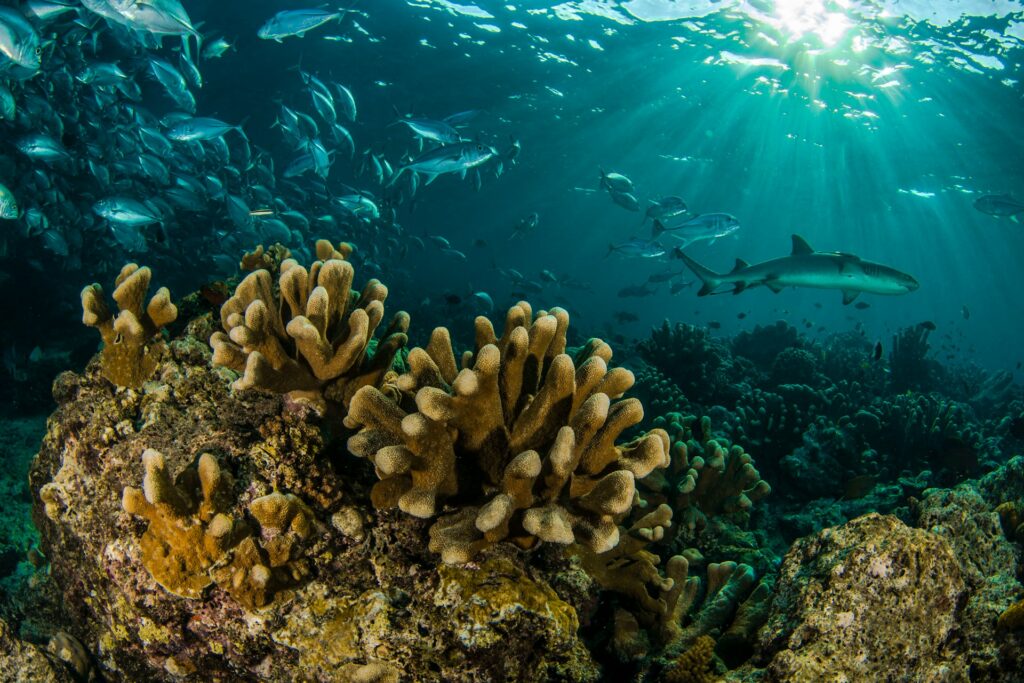
Often referred to as the rainforests of the sea, coral reefs support at least a quarter of all marine life, despite covering less than one percent of the ocean floor. They protect coastlines from storms, provide food and income to millions of people, and are a key part of global ocean health. But rising ocean temperatures, pollution, destructive fishing practices, and coastal development have pushed many reefs to the brink of collapse. According to the Intergovernmental Panel on Climate Change (IPCC), if global warming exceeds 1.5°C, up to 90% of the world’s coral reefs could be lost.
However, all is not lost. Around the world, researchers, local communities, conservationists, and policy-makers are fighting to save what remains and rebuild what’s been damaged. A combination of science, advocacy, innovation, and traditional knowledge is being used to give coral reefs a fighting chance. Here are ten ways we can help coral reefs survive—and hopefully thrive—before it’s too late.
Cut carbon emissions

The single biggest threat to coral reefs is climate change. Coral bleaching, which occurs when high sea temperatures cause corals to expel the algae (zooxanthellae) they depend on, has already devastated iconic reefs in Australia, the Caribbean, and Southeast Asia. Without these algae, corals lose their colour and, more importantly, their primary source of nutrition.
Reducing greenhouse gas emissions at the global level is critical. That means transitioning away from fossil fuels, investing in renewable energy, improving public transport, and pushing governments to honour and strengthen their climate commitments under the Paris Agreement. On an individual level, cutting energy use, eating more plant-based foods, and avoiding fast fashion are practical steps that can help reduce one’s carbon footprint.
Protect reef habitats from local stressors
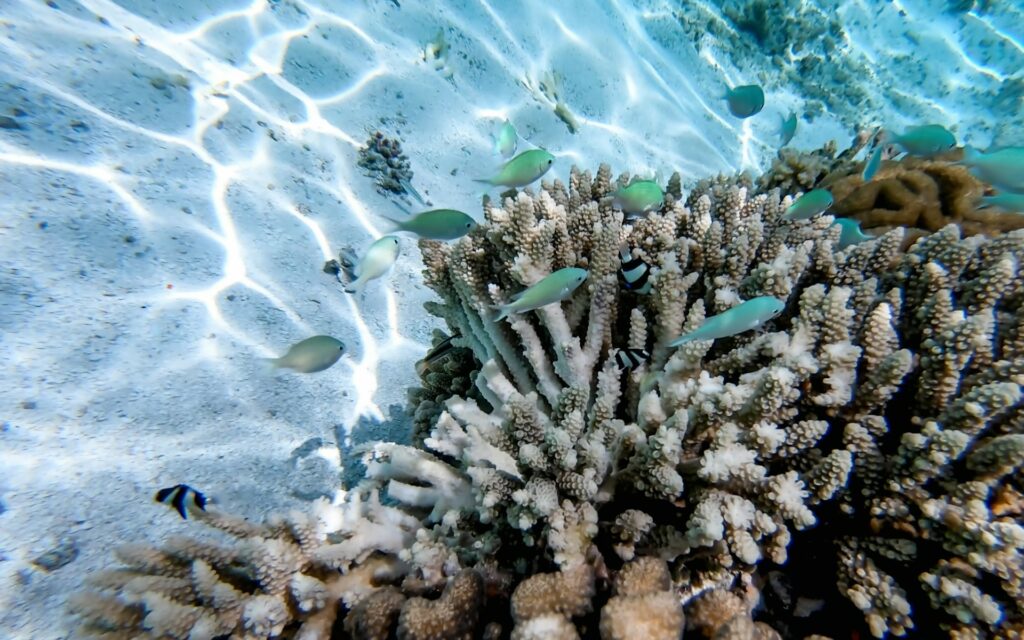
Even if we can’t control global temperatures overnight, we can improve reefs’ chances by reducing the pressures they face closer to home. Coastal construction, dredging, marine traffic, and unregulated tourism all weaken reef ecosystems. These disturbances often damage coral directly or stir up sediment that smothers coral colonies and blocks sunlight.
Well-managed marine protected areas (MPAs) are a proven way to improve reef resilience. According to the International Union for Conservation of Nature (IUCN), MPAs with strong enforcement and local community involvement can significantly improve coral cover and fish biomass. Strengthening protection for known reef habitats, limiting development, and enforcing no-take zones can give vulnerable coral ecosystems time to recover.
Improve water quality
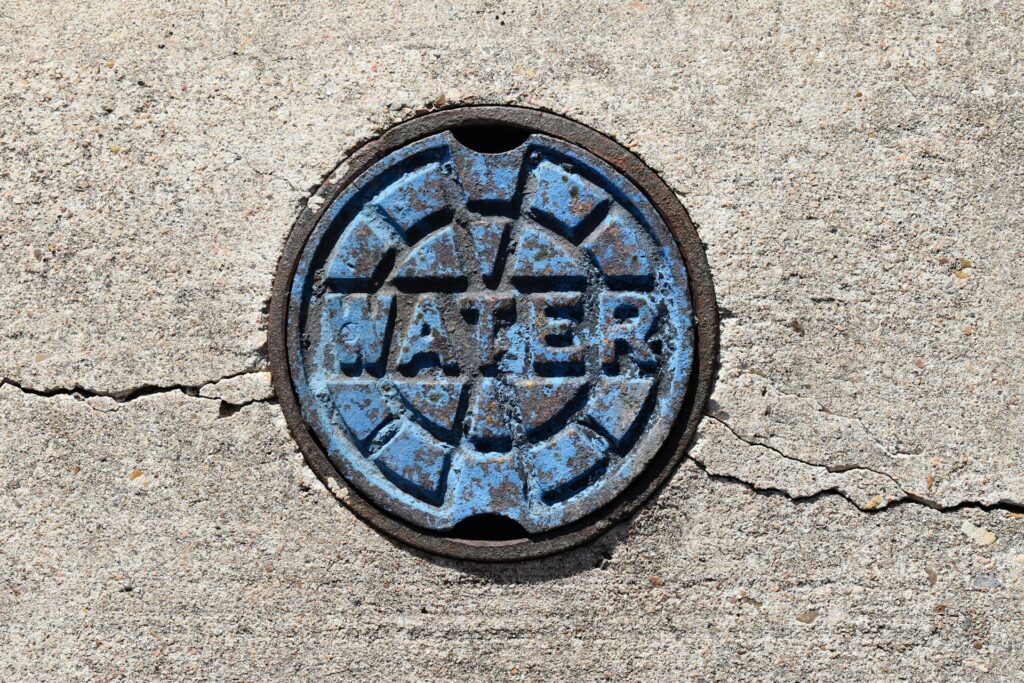
Polluted runoff from agriculture, deforestation, and urban development introduces harmful nutrients and toxins into coastal waters. Excess fertilisers and untreated sewage lead to nutrient overload, which fuels algal blooms. These blooms compete with corals for sunlight and oxygen, weakening them and making them more vulnerable to disease and bleaching.
Improving water quality starts on land. Reducing fertiliser use, investing in better wastewater treatment infrastructure, and restoring wetlands or mangroves can act as natural filters that protect coral reefs. Projects in places like Florida and Queensland have demonstrated that better land management directly benefits adjacent reef systems.
Stop destructive fishing

Destructive fishing practices like blast fishing and cyanide fishing cause catastrophic damage to coral structures. But even more common methods like bottom trawling, overfishing of herbivorous fish, and the use of heavy anchors can degrade reef ecosystems over time. When key species are removed or when coral structures are damaged, the whole food web starts to collapse.
Encouraging small-scale, sustainable fishing practices is key. This involves educating fishers on reef-friendly techniques, enforcing seasonal closures, banning the use of harmful gear, and supporting community-led fisheries management. Where possible, governments should also offer financial incentives or support for fishers transitioning to more sustainable livelihoods.
Support reef restoration

Reef restoration is not a quick fix, but it is a vital tool. Around the world, scientists and volunteers are experimenting with different ways to grow and replant corals. Coral gardening, microfragmentation (cutting corals into tiny pieces to accelerate growth), and using artificial reef structures are among the most promising methods.
Underwater coral nurseries—essentially coral farms—are helping to repopulate reefs that have been damaged by storms, bleaching, or anchor damage. In the Maldives, volunteers transplant nursery-grown corals onto damaged reefs, while in Indonesia, communities have restored entire reef sections using locally made cement reef bases. With enough investment and scale, these methods can restore not just coral cover, but the entire ecosystem around it.
Crack down on illegal wildlife trade

Coral reefs are plundered not only by industry but by collectors. The aquarium trade, souvenir markets, and illegal wildlife trafficking are major drivers of reef degradation. Hard corals, ornamental fish, sea cucumbers, and giant clams are among the species targeted for commercial exploitation.
Strengthening enforcement of trade regulations like those under the Convention on International Trade in Endangered Species (CITES) is essential. Online marketplaces and shipping hubs also need tighter monitoring. Public education campaigns that inform buyers about the ecological cost of owning wild-caught reef species can help shift demand towards certified, captive-bred alternatives.
Invest in reef-safe tourism
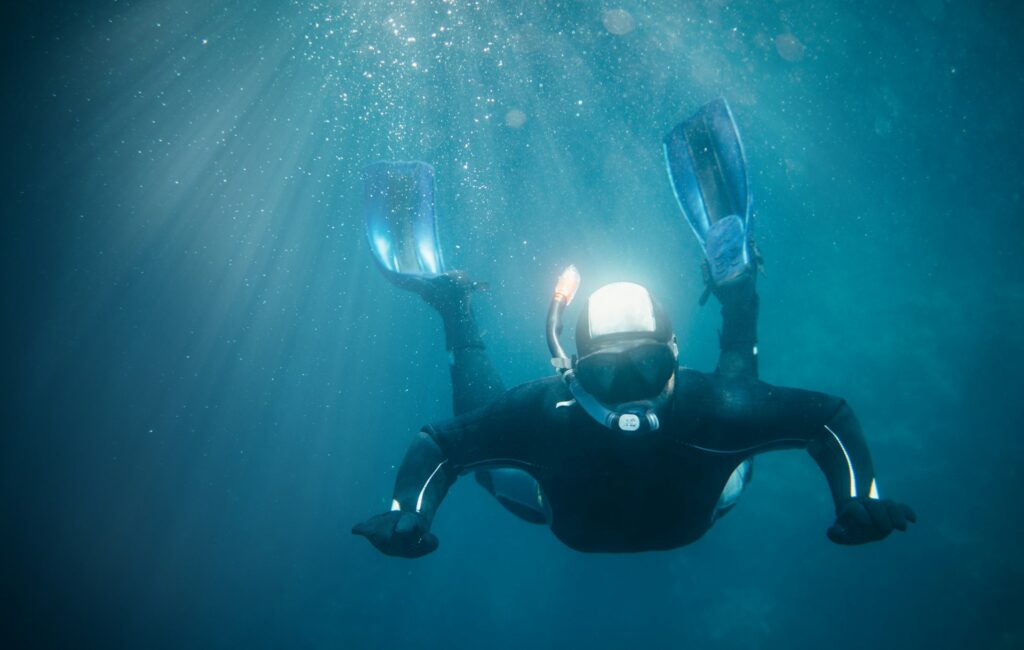
Tourism can be a powerful force for reef protection, but only if it’s done responsibly. Unregulated diving, snorkelling, and boating can cause physical damage to coral, while sunscreen chemicals like oxybenzone have been shown to bleach and deform coral larvae.
Eco-friendly tourism promotes practices like mooring buoys (instead of anchors), designated snorkelling paths, and clear rules against touching coral or feeding fish. Tourists can do their part by choosing tour operators certified for sustainability, using mineral-based, reef-safe sunscreens, and supporting conservation fees that go directly into marine protection and reef upkeep. In destinations like Palau, eco-taxes fund local marine conservation, proving that sustainable tourism can pay dividends for reefs and communities alike.
Use technology to monitor and protect reefs
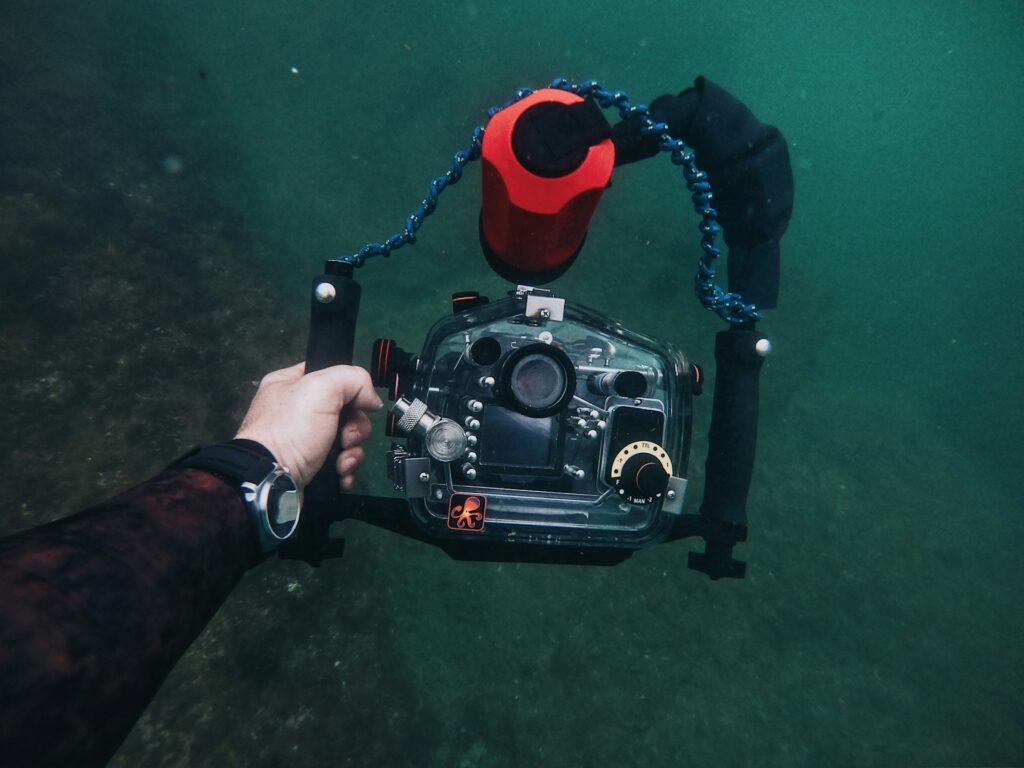
New tools are giving scientists unprecedented insight into the health of coral reefs. Platforms like the Allen Coral Atlas use satellite imagery and machine learning to map coral cover and detect bleaching in near real-time. Drones and underwater robots allow researchers to inspect reefs at scale, while AI-powered systems are helping to identify coral species, track changes, and even assist with restoration planning.
Technology also plays a role in enforcement. GPS tracking can help monitor fishing activity in protected zones, while crowdsourced apps let divers and citizens report reef damage or illegal activity. These tools empower local stakeholders and help decision-makers act swiftly when reefs are in danger.
Amplify local knowledge and leadership

Many Indigenous and coastal communities have been stewards of coral reef ecosystems for generations. Their deep understanding of marine rhythms, species behaviour, and ecosystem balance is invaluable. Involving these communities in reef management is not just respectful, it’s effective.
From the Locally Managed Marine Areas in Fiji to the traditional Hawaiian ahupua’a system, community-led approaches have shown strong conservation outcomes. Policy-makers and NGOs should actively support these initiatives, ensuring that local voices have a say in how reef resources are managed and protected.
Get political and stay engaged
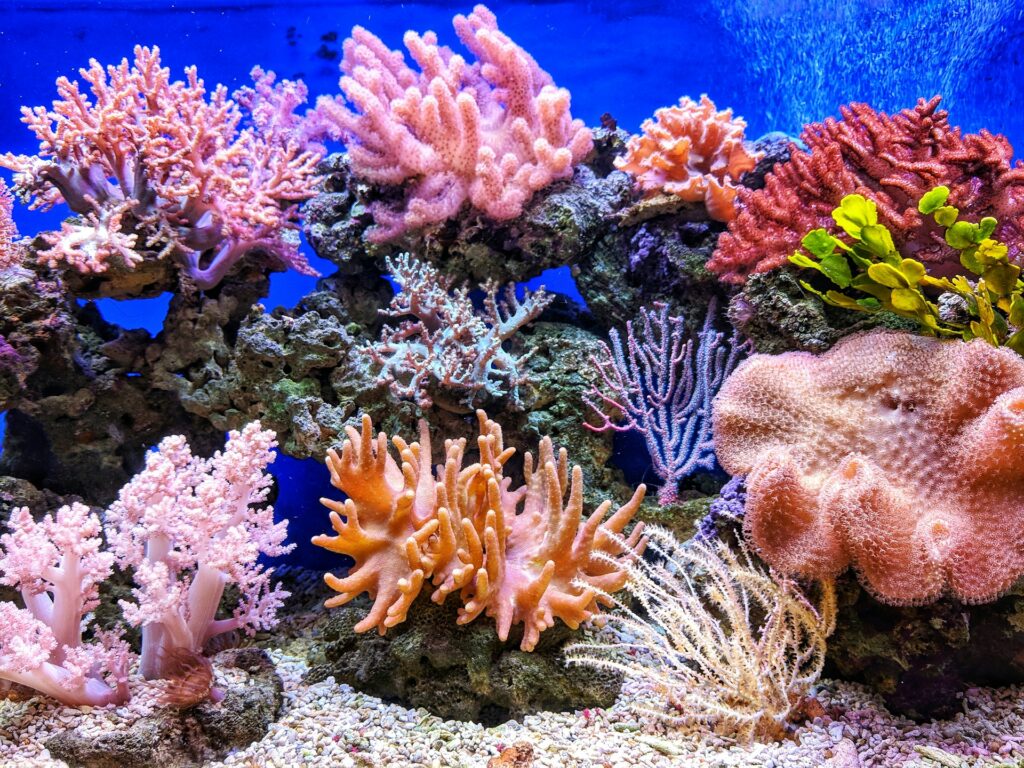
Saving coral reefs isn’t just a scientific challenge—it’s a political one. Decisions made in parliament buildings, boardrooms, and international summits will ultimately determine the future of the world’s reefs. That’s why public engagement matters. Whether it’s voting for leaders with strong environmental platforms, signing petitions, or joining climate campaigns, citizen action drives momentum.
Staying informed and sharing that knowledge also helps. The more people understand the importance of coral reefs, and the urgency of protecting them, the more pressure there is on decision-makers to act. Coral reefs are a global treasure. Their fate affects biodiversity, livelihoods, coastal safety, and even the oxygen we breathe.
If we act decisively, coral reefs still have a chance. But if we wait too long, we risk losing not just the reefs, but the livelihoods, food sources, and coastal protections they provide to millions of people. It’s a race against time, and the clock is ticking.